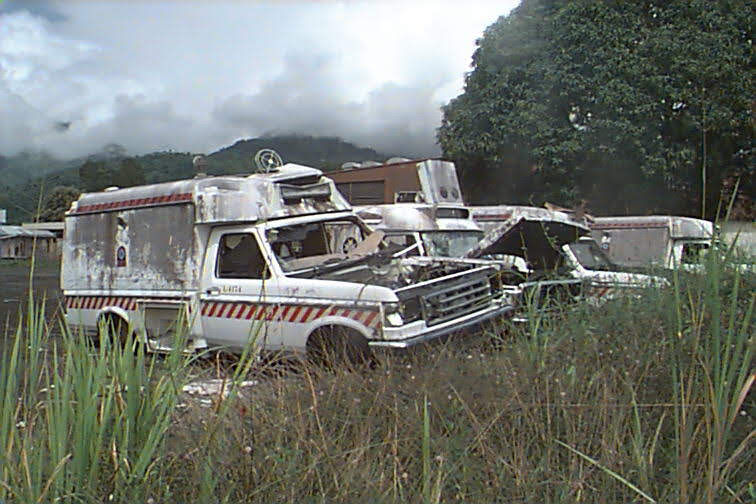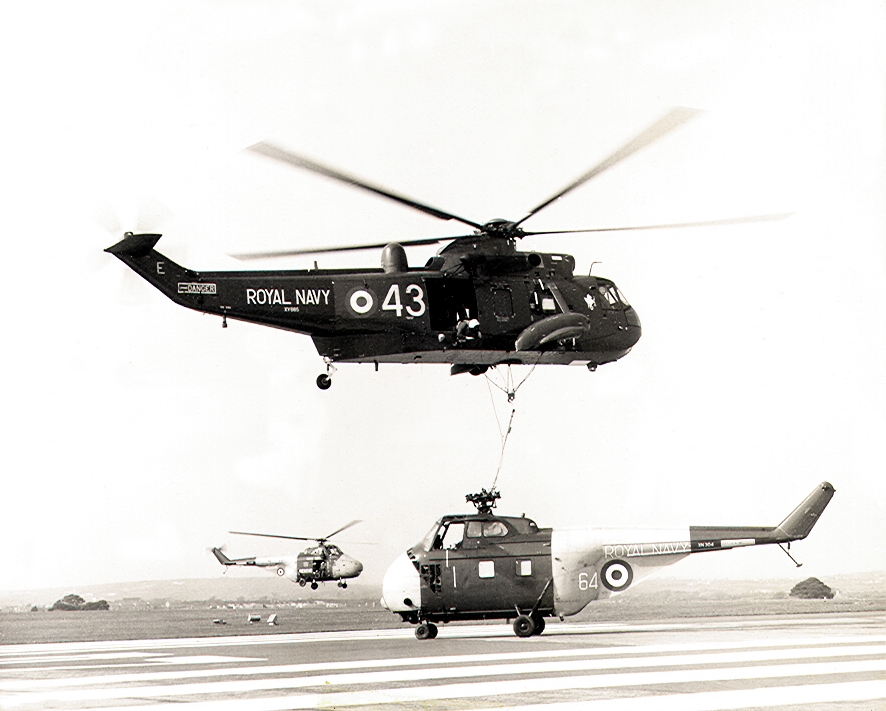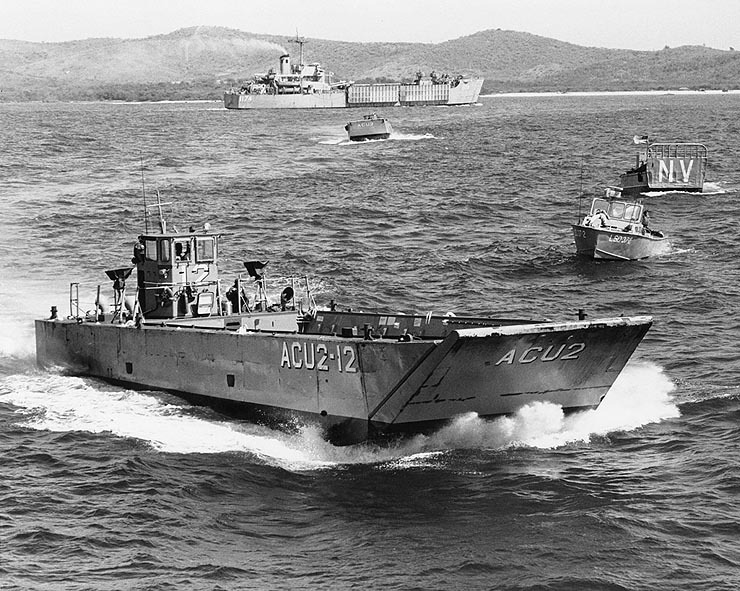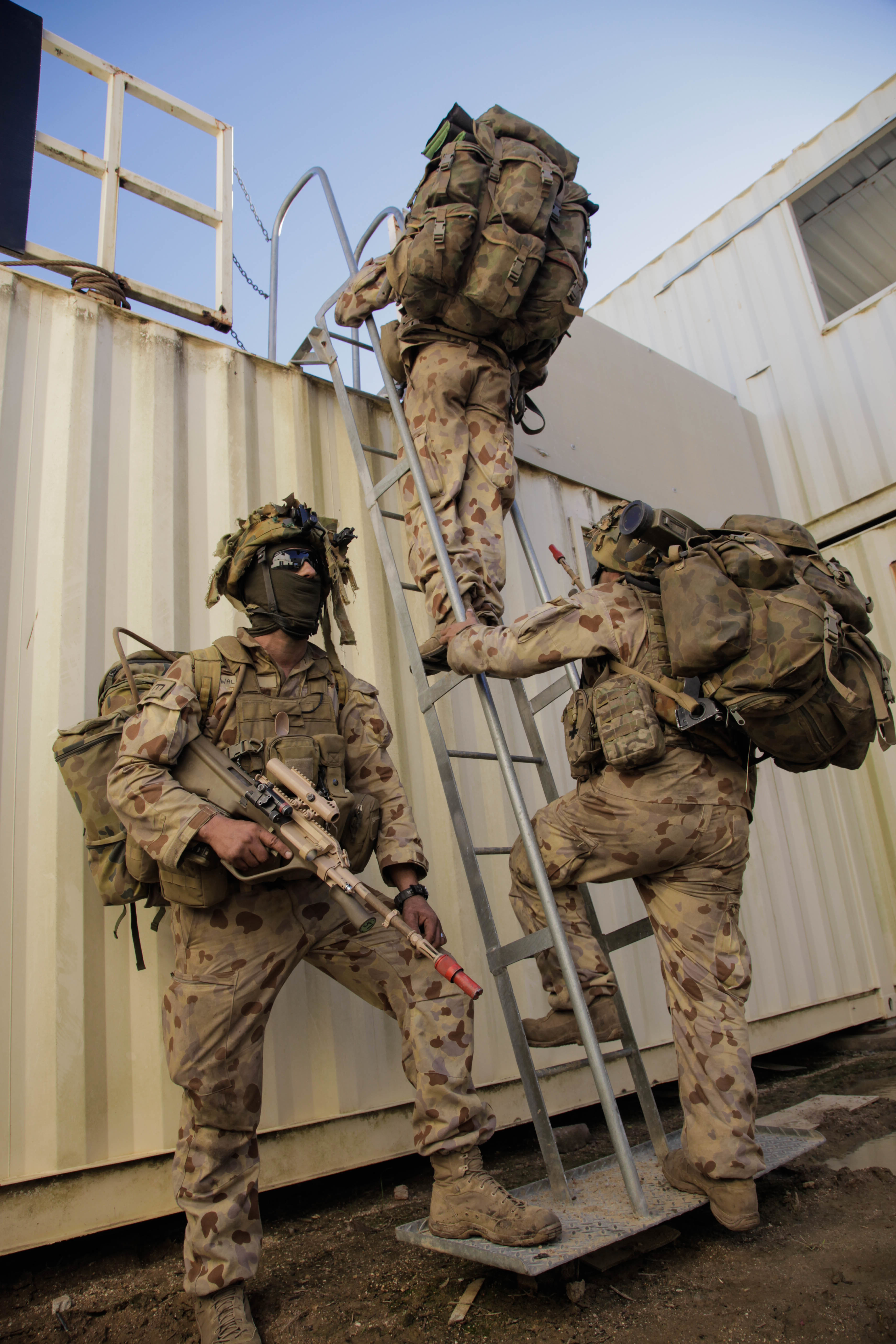|
South Pacific Peacekeeping Force
The South Pacific Peacekeeping Force (SPPKF) was an Australian-led peacekeeping force established during the Bougainville Civil War. Hastily established to provide security for peace talks around Arawa, the force consisted of an infantry security force, supported by various logistic and aviation assets, which were deployed and air and sea from Australia. Troops were drawn from Australia, New Zealand, Tonga, Vanuatu and Fiji. The force was deployed between 4 and 21 October 1994 before being withdrawn. Further peacekeeping troops were deployed to the island in 1997 as part of the Truce Monitoring Group. History Consisting of troops from the Australian 3rd Brigade, supported by the Special Air Service Regiment, the Royal Australian Navy (RAN) (HMAS ''Success'' and ''Tobruk'') and Royal Australian Air Force, the force was deployed to Bougainville to provide security for peace talks at Arawa. The Pacific nations of Tonga, Fiji and Vanuatu also provided troops to support the operati ... [...More Info...] [...Related Items...] OR: [Wikipedia] [Google] [Baidu] |
Bougainville Civil War
The Bougainville conflict, also known as the Bougainville Civil War, was a multi-layered armed conflict fought from 1988 to 1998 in the North Solomons Province of Papua New Guinea (PNG) between PNG and the secessionist forces of the Bougainville Revolutionary Army (BRA), and between the BRA and other armed groups on Bougainville. The conflict was described by Bougainvillean President John Momis as the largest conflict in Oceania since the end of World War II in 1945, with an estimated 15,000–20,000 Bougainvilleans dead, although lower estimates place the toll at around 1,000–2,000. Hostilities concluded under the Bougainville Peace Agreement in 1998. The national (PNG) government agreed to the founding of the Autonomous Bougainville Government and to certain rights and authorities that the autonomous government would have over what became known as Bougainville Province, which includes outlying small islands in addition to Bougainville Island itself. Background Bougain ... [...More Info...] [...Related Items...] OR: [Wikipedia] [Google] [Baidu] |
Westland Sea King
The Westland WS-61 Sea King is a British licence-built version of the American Sikorsky S-61 helicopter of the same name, built by Westland Helicopters. The aircraft differs considerably from the American version, with Rolls-Royce Gnome engines (derived from the US General Electric T58), British-made anti-submarine warfare systems and a fully computerised flight control system. The Sea King was primarily designed for performing anti-submarine warfare (ASW) missions. A Sea King variant known as the Commando was developed by Westland to serve as a troop transport. In British service, the Westland Sea King provided a wide range of services in both the Royal Navy and the Royal Air Force. As well as wartime roles in the Falklands War, the Gulf War, the Bosnian War, the Iraq War and the Afghanistan War, it was used as a Royal Navy Search and Rescue (red and grey livery) and RAF Search and Rescue Force (yellow livery) helicopter. The Sea King was also adapted to meet the Royal ... [...More Info...] [...Related Items...] OR: [Wikipedia] [Google] [Baidu] |
Papua New Guinea Defence Force
The Papua New Guinea Defence Force (PNGDF) is the military organisation responsible for the defence of Papua New Guinea. It originated from the Australian Army land forces of the territory of Papua New Guinea before independence, coming into being in January 1973 and having its antecedents in the Pacific Islands Regiment. The PNGDF is a small force, numbering around 3,600 personnel, and consists of a Land Element, an Air Element and a Maritime Element. It is a joint force tasked with defending Papua New Guinea and its territories against external attack, as well as having secondary functions including national-building and internal security tasks. Defence accounts for less than 2% of GDP, while also receiving significant assistance and training support from Australia, New Zealand, the United States, and other nations. The PNGDF Land Element includes two infantry battalions, an engineer battalion, a signal squadron, an Explosive Ordnance Disposal (EOD) unit, and a preventive med ... [...More Info...] [...Related Items...] OR: [Wikipedia] [Google] [Baidu] |
Wakunai Airport
Wakunai Airport is an airfield serving Wakunai and Inus, on the Bougainville Island, in Papua New Guinea Papua New Guinea, officially the Independent State of Papua New Guinea, is an island country in Oceania that comprises the eastern half of the island of New Guinea and offshore islands in Melanesia, a region of the southwestern Pacific Ocean n .... References External links * Airports in Papua New Guinea Autonomous Region of Bougainville {{PapuaNewGuinea-struct-stub ... [...More Info...] [...Related Items...] OR: [Wikipedia] [Google] [Baidu] |
Panguna
Panguna is a town next to the (now decommissioned) Panguna copper mine on Bougainville Island, Papua New Guinea. It was owned and operated by Bougainville Copper Ltd, a subsidiary of Rio Tinto. Beginning operations in 1972, the company hired thousands of workers, most from other parts of the country. By the end of its operations on May 15, 1989, when the mine was closed because of an armed uprising on the island, it was the largest open-pit mine in the world. It was accused of contaminating large areas due to its toxic waste, which affected land, water and air. Resentment against the environmental poisoning and the fact that most profits left the island, were major catalysts in the unrest in Bougainville in the 1970s and 1980s, leading to the Bougainville conflict, which lasted from 1988 until 1998. In 2011 it was reported that former PNG Prime Minister Sir Michael Somare had alleged that Rio Tinto played a role in the conflict by helping finance the actions of the PNG gove ... [...More Info...] [...Related Items...] OR: [Wikipedia] [Google] [Baidu] |
Buin, Papua New Guinea
Buin is a town on Bougainville Island, and the capital of the South Bougainville District, in the Autonomous Region of Bougainville, in eastern Papua New Guinea. The island is in the northern Solomon Islands Archipelago of the Melanesia region, in the South Pacific Ocean. It is a government-established town in the jungle, now inland from the coast, where its sea-landing predecessor of the same name was located. The town is in an autonomous region of Papua New Guinea established in 2000, and was the former North Solomons Province (1976-2000).''Merriam Websters Geographical Dictionary, Third Edition'', p. 183. History Buin and Bougainville Island gained world attention with the Japanese Army's occupation in 1942, World War II, and the subsequent American counterattack in November 1943. After the war, the present-day town of Buin was established, inland to the north from its original location, which had been a minimal point of sea-landing on the coast. In 1943, Imperial Japan ... [...More Info...] [...Related Items...] OR: [Wikipedia] [Google] [Baidu] |
LCM-8
The LCM-8 ("Mike Boat") is a river boat and mechanized landing craft used by the United States Navy and Army during the Vietnam War and subsequent operations. They are currently used by governments and private organizations throughout the world. The acronym stands for "Landing Craft Mechanized, Mark 8". (The "Mike Boat" term refers to the military phonetic alphabet, LCM being "Lima Charlie Mike".) The vessel weighs 135,000 pounds (61,200 kg) and has a crew of four: a Boatswain's Mate petty officer, an Engineman petty officer, a non-rated fireman, and a seaman. US Army specifications call for a crew of six during 24-hour operations: two coxswains, two seamen and two enginemen. The LCM-8s are constructed from welded steel and powered by four 6-71 or two 12V71 diesel engines, twin propellers, and rudders. The ship can carry 60 short tons of cargo. It was designed by Marinette Marine Corp. It has a range of 190 miles at 9 knots with a full load. Modifications A m ... [...More Info...] [...Related Items...] OR: [Wikipedia] [Google] [Baidu] |
3rd Combat Engineer Regiment (Australia)
The 3rd Combat Engineer Regiment (3 CER) is an Australian Army modular engineer regiment trained for sapper/combat engineer operations. The unit is based at Lavarack Barracks in Townsville, Queensland and is part of the 3rd Brigade. It has deployed to Bougainville as part of the South Pacific Peacekeeping Force, to the Solomon Islands under ''Operation Anode'', and has also served in Timor-Leste, Iraq and Afghanistan Afghanistan, officially the Islamic Emirate of Afghanistan, is a landlocked country located at the crossroads of Central Asia and South Asia. It is bordered by Pakistan to the Durand Line, east and south, Iran to the Afghanistan–Iran borde .... Structure The regiment consists of: * Regimental Headquarters * 16 Combat Engineer Squadron * 18 Combat Engineer Squadron * 25 Support Squadron * Operational Support Squadron Notes References *{{cite book , last=Vann , first=Kevin , year=2001 , title=Bridging the Gap: The 3rd Combat Engineer Regiment in Timor ... [...More Info...] [...Related Items...] OR: [Wikipedia] [Google] [Baidu] |
Troop
A troop is a military sub-subunit, originally a small formation of cavalry, subordinate to a squadron. In many armies a troop is the equivalent element to the infantry section or platoon. Exceptions are the US Cavalry and the King's Troop Royal Horse Artillery where a troop is a subunit comparable to an infantry company or artillery battery. Historically the remainder of the Royal Horse Artillery used the term ''troop'' in the same manner but they eventually aligned with the rest of the Royal Regiment of Artillery in referring to troops as subordinate to artillery batteries. ''Troops'' is often used to refer to the other members of one's company or cause, but because of its military connotations, it conveys a particularly altruistic type of dedicated worker. Traditionally, ''troops'' refers to the soldiers in a military. A cavalry soldier of private rank is called a " trooper" in many Commonwealth armies (abbreviated "Tpr", not to be confused with "trouper"). A re ... [...More Info...] [...Related Items...] OR: [Wikipedia] [Google] [Baidu] |
4th Regiment, Royal Australian Artillery
The 4th Regiment, Royal Australian Artillery is an artillery unit of the Australian Army. Currently it provides close artillery support to the 3rd Brigade (Australia), 3rd Brigade and is based at Chau Pha Lines, Lavarack Barracks in Townsville, Queensland, Townsville, Queensland. The regiment was raised in its current form in 1960 and is currently re-equipping with M777 howitzer, M777A2 lightweight towed howitzers. The regiment deployed during Australia's commitment to the Vietnam War and has subsequently deployed to Singapore and East Timor. History The 4th Field Regiment was raised at Wacol, Queensland, Wacol on 4 May 1960, under the command of Lieutenant Colonel John Studdert. It was the first major Regular Army unit to be raised in Queensland. The regiment moved to Lavarack Barracks in 1968. As a complete unit, the regiment served two tours of duty in South Vietnam, as well as sending individual batteries to South Vietnam, Singapore, Malaya and East Timor. The ancestry of t ... [...More Info...] [...Related Items...] OR: [Wikipedia] [Google] [Baidu] |
1st Battalion, Royal Australian Regiment
1st Battalion, Royal Australian Regiment (1 RAR) is a regular motorised infantry battalion of the Australian Army. 1 RAR was first formed as the 65th Australian Infantry Battalion of the 34th Brigade (Australia) on Balikpapan in 1945 and since then has been deployed on active service during the Korean War, the Malayan Emergency, the Vietnam War, Unified Task Force in Operation Solace, Somalia, East Timor, Iraq War and War in Afghanistan (2001–present), Afghanistan. Additionally, the battalion has deployed on peacekeeping and other operations to a number of countries including Occupied Japan, Japan, Rifle Company Butterworth, Timor Leste, RAMSI, Solomon Islands, Tonga and the Philippines. 1 RAR remains one of the Australian Army's most readily deployed units sending individuals and detachments to domestic, regional and other enduring operations. The battalion is currently based in Coral Lines at Lavarack Barracks, Townsville, Queensland, where it forms part of the 3rd Brigade (A ... [...More Info...] [...Related Items...] OR: [Wikipedia] [Google] [Baidu] |






